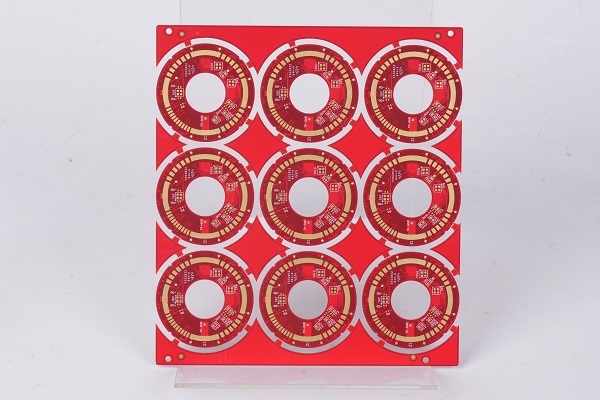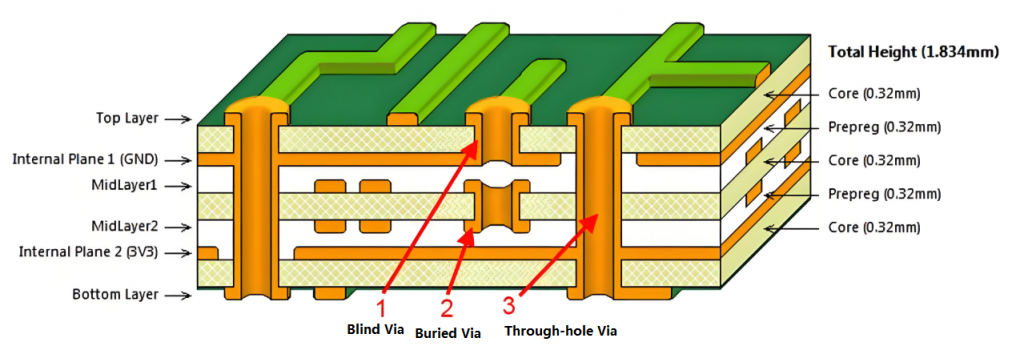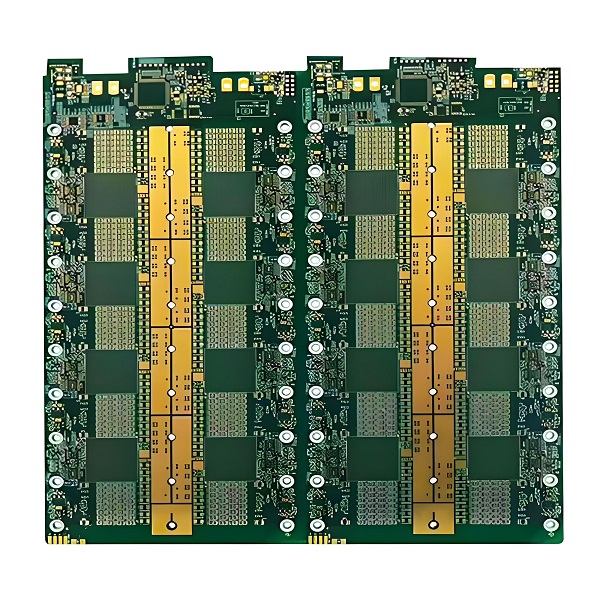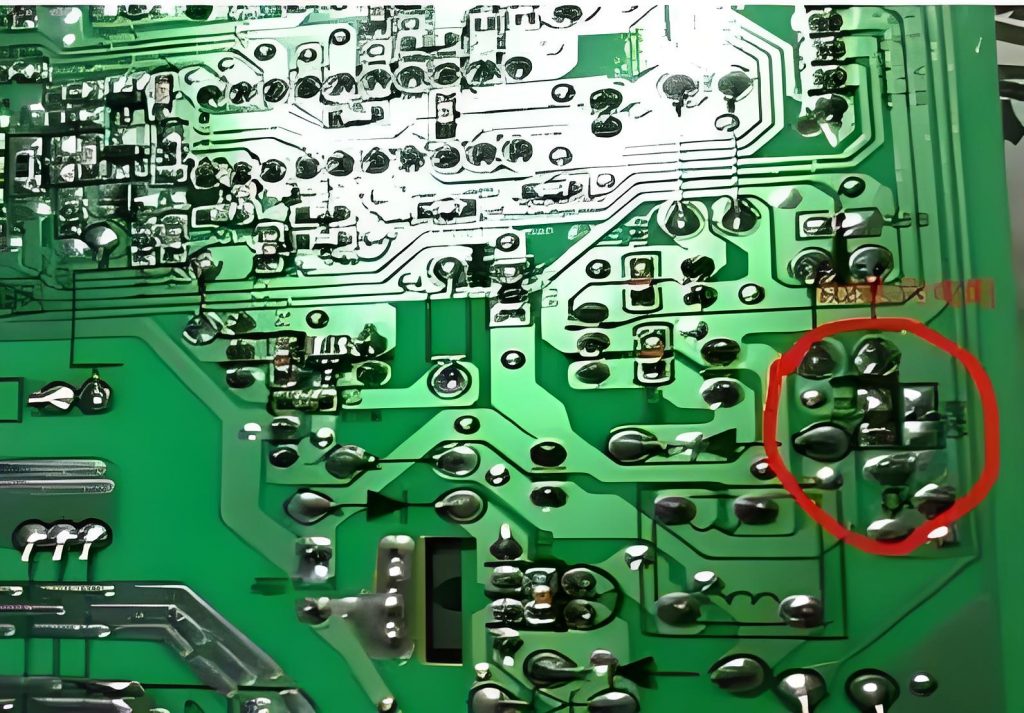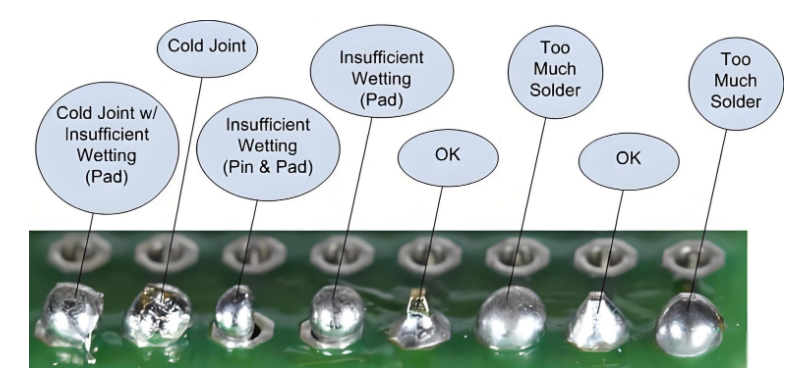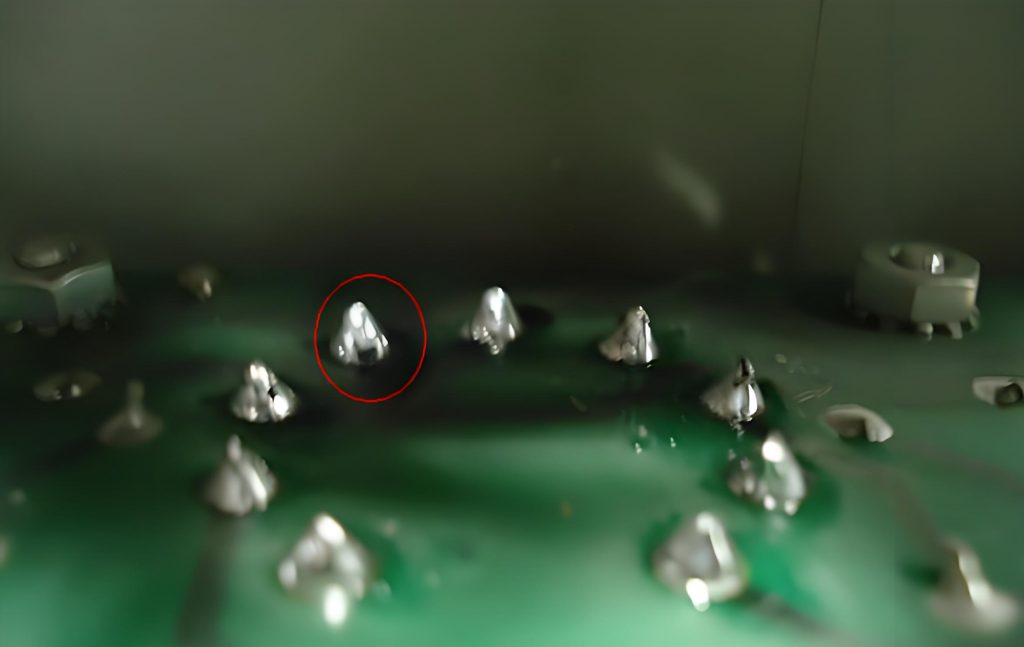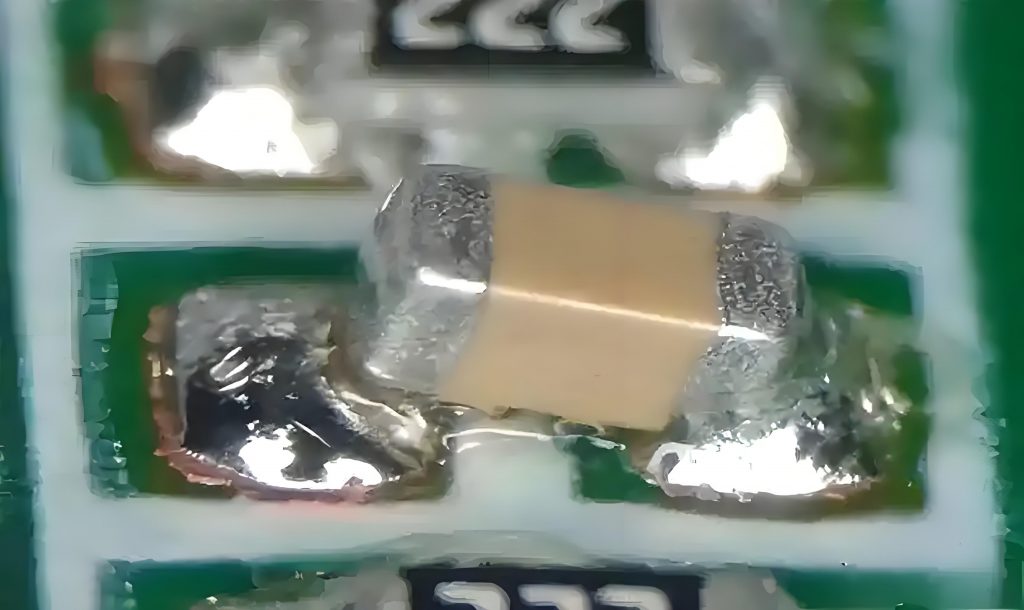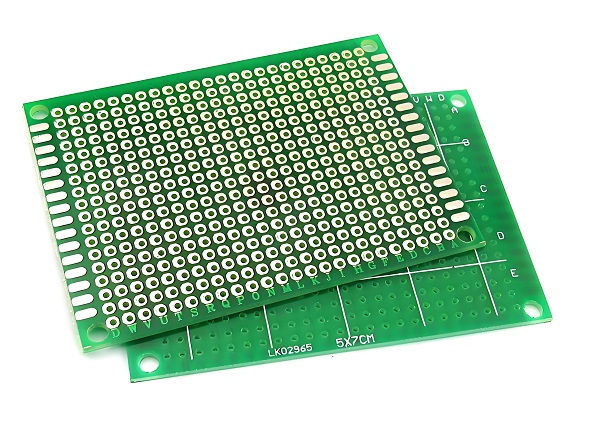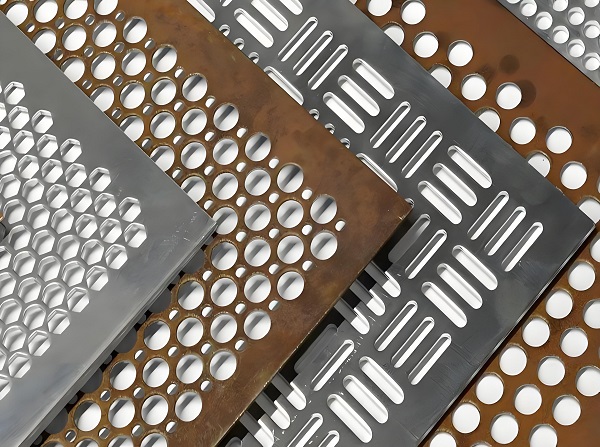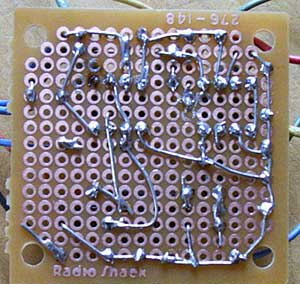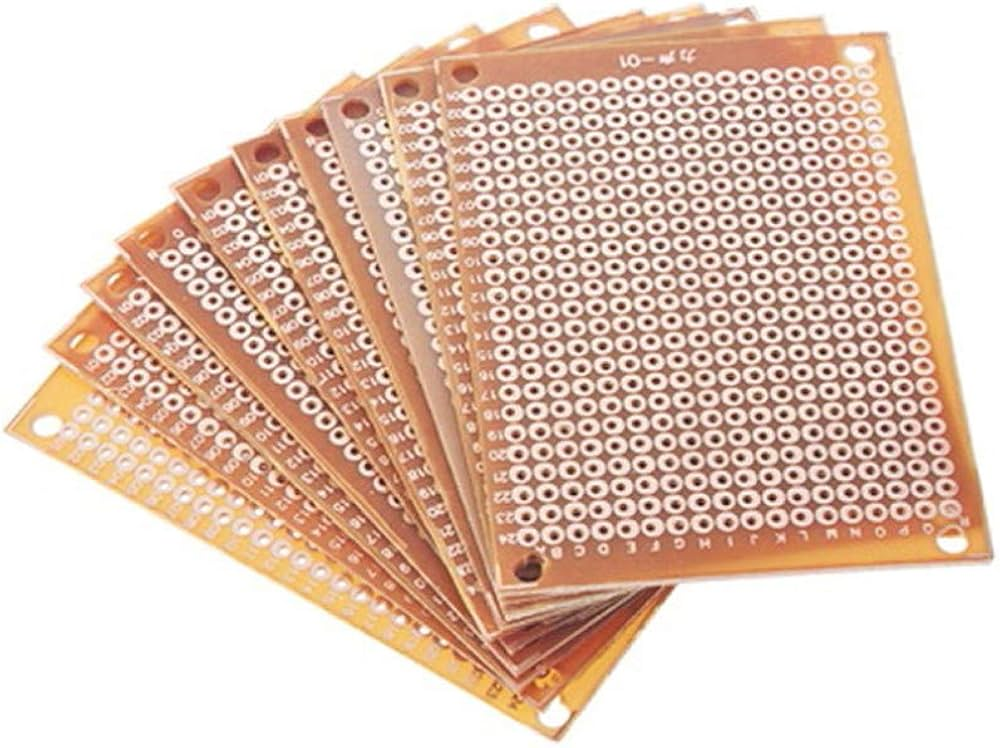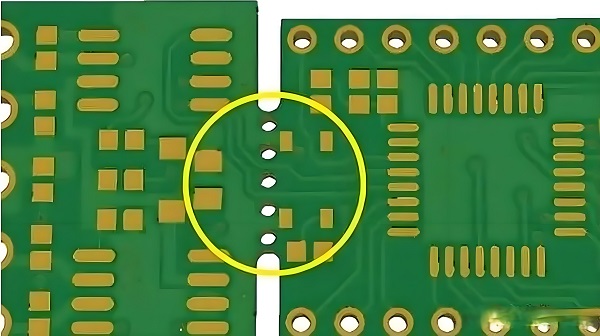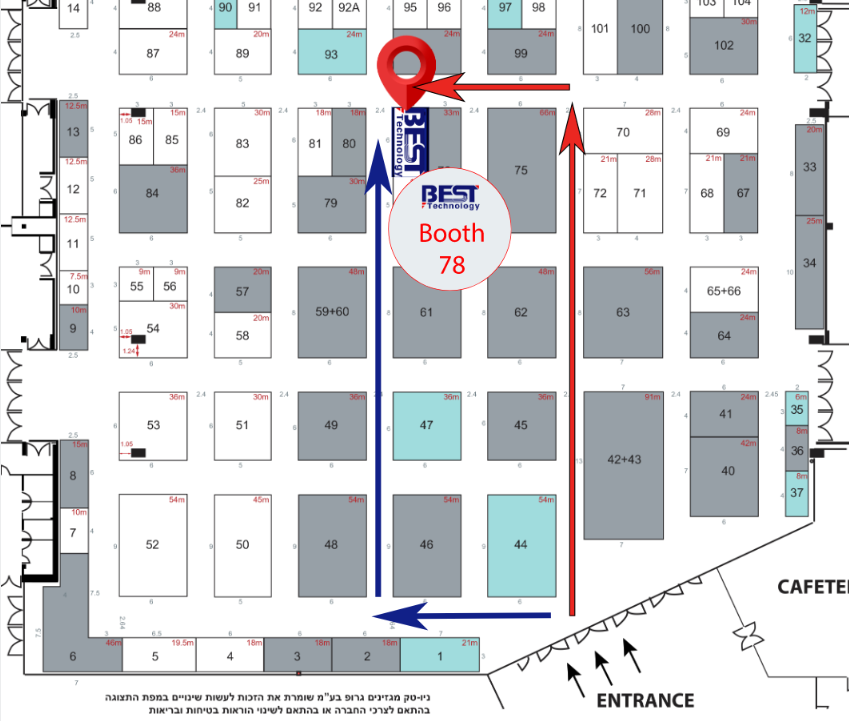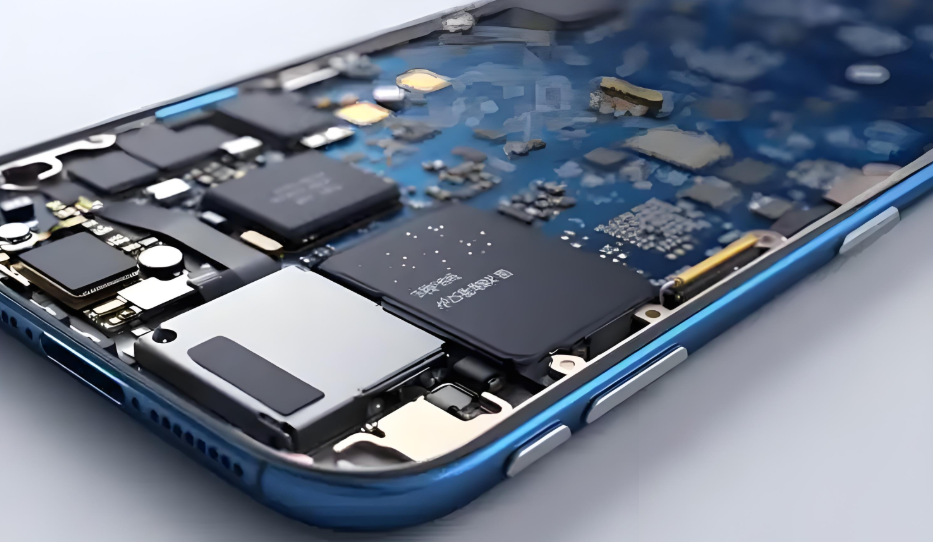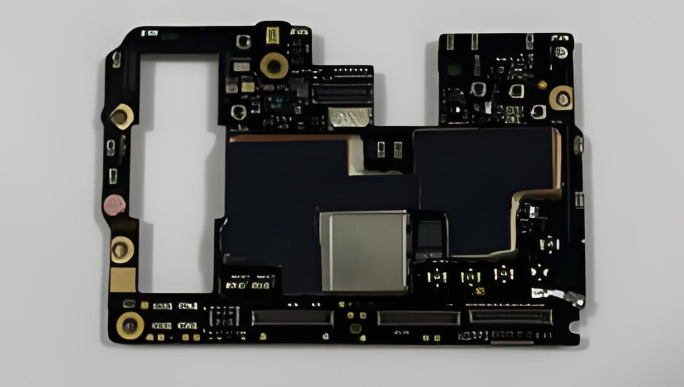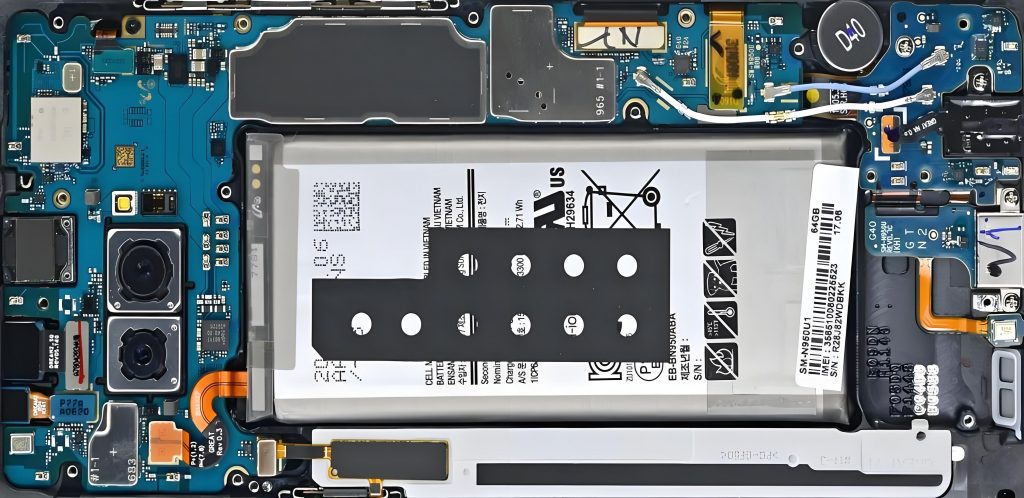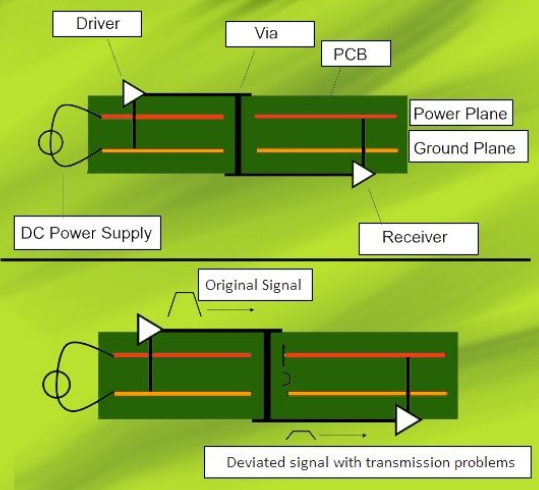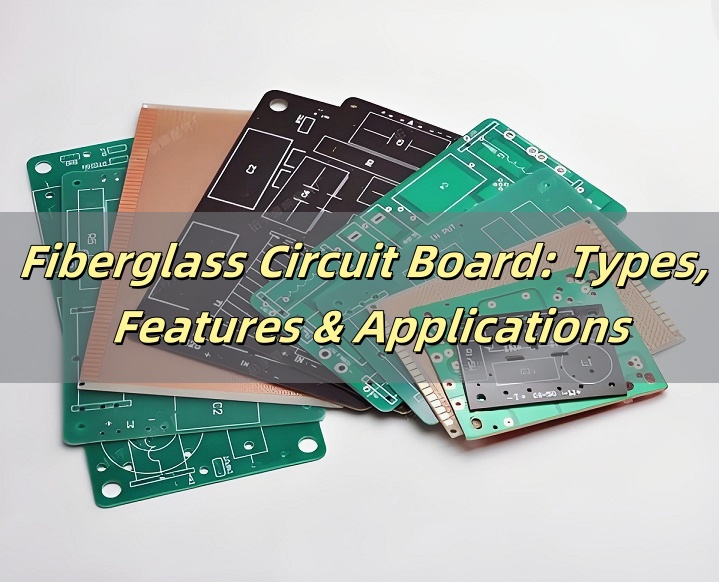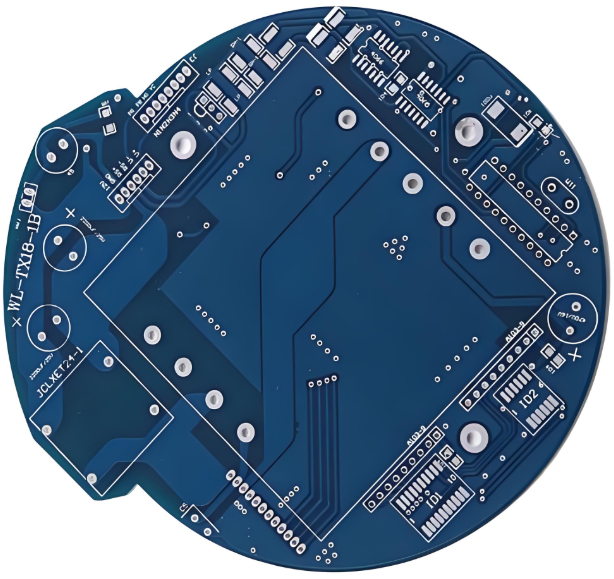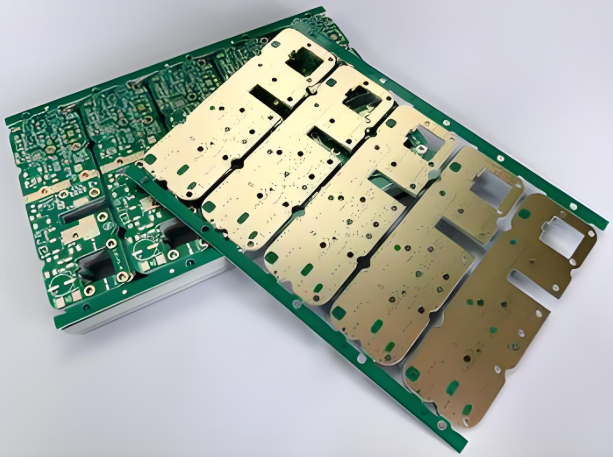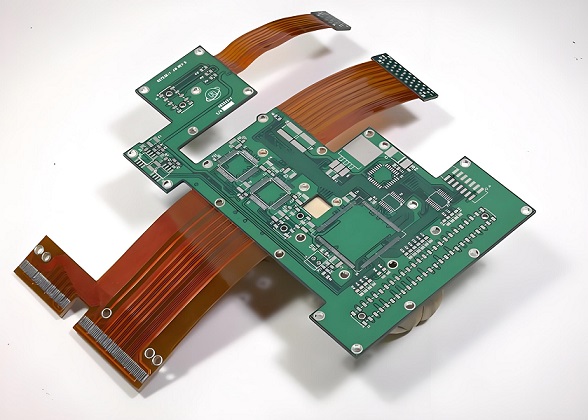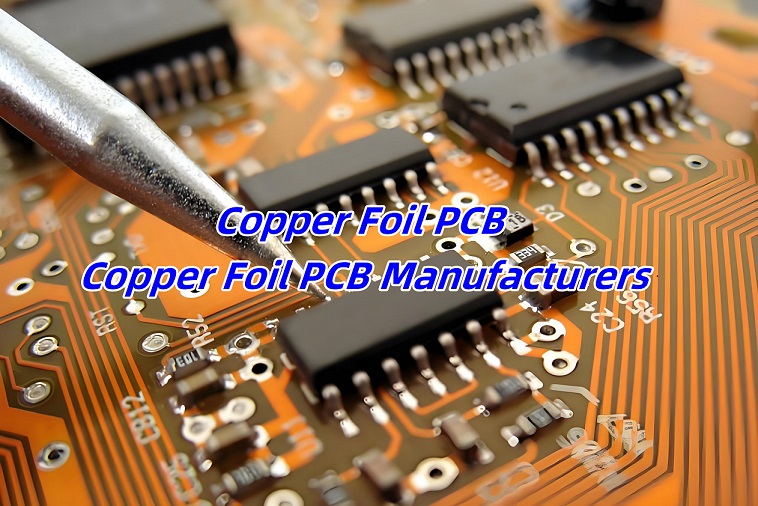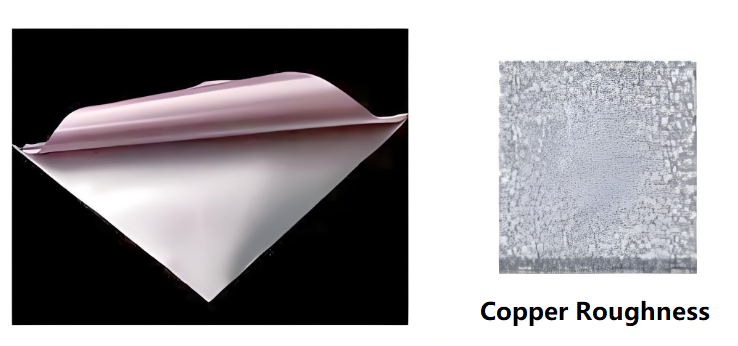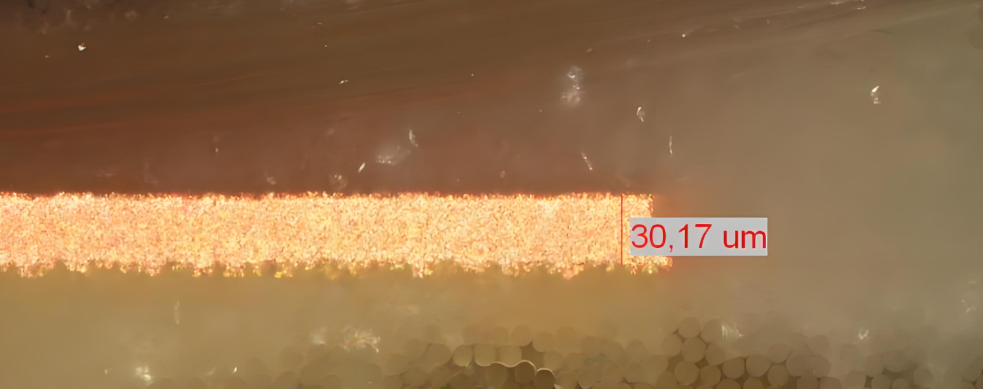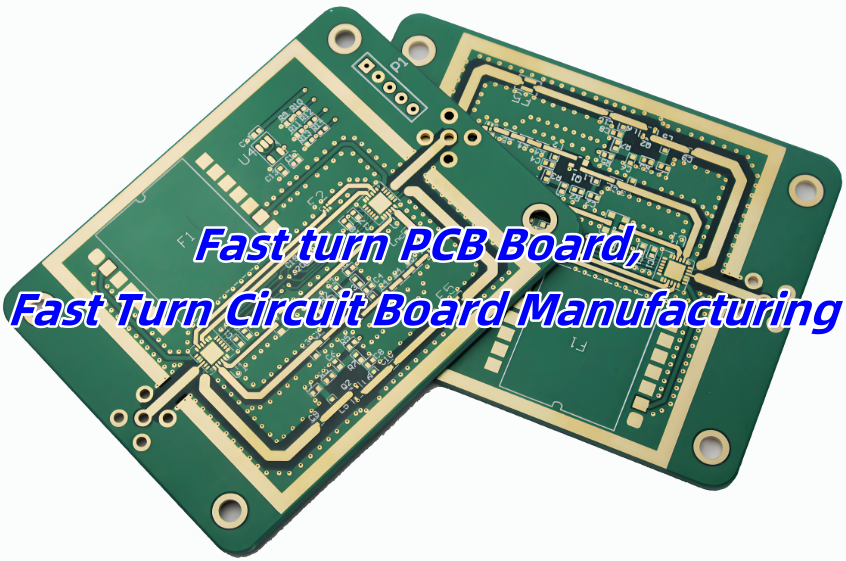If you’ve ever held a green circuit board, chances are you were looking at an FR4 PCB. It’s one of the most common materials used in printed circuit board production today. But what makes FR4 so popular? And how exactly does the FR4 PCB manufacturing process work from start to finish?
In this guide, we’ll walk you through everything from the basics of FR4 material to the full production process, FR4 PCB stack-up design, material properties, and key manufacturing considerations. Whether you’re a designer, engineer, or purchasing specialist, this is your go-to reference for working with FR4 PCBs.
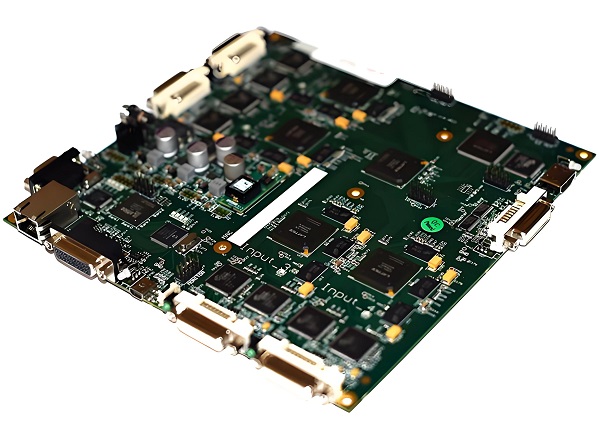
What Is FR4 Material?
FR4 stands for âFlame Retardant 4.â It is a type of fiberglass-reinforced epoxy laminate that meets specific flame resistance standards. The core of the material is made from woven fiberglass cloth soaked in epoxy resin. This combination gives it excellent mechanical strength and insulation.
It offers great mechanical strength and excellent insulation, even at high temperatures. Because of these qualities, FR4 PCB material is widely used in everything from mobile phones and automotive systems to medical devices and industrial controls.
FR4 PCB Material Properties
The performance of any PCB starts with the base material. Hereâs what makes FR4 PCB material properties suitable for a wide range of electronics:
- Electrical Insulation: FR4 is an excellent electrical insulator, which protects your circuit.
- Heat Resistance: It can withstand soldering and other high-temperature processes.
- Mechanical Strength: Its fiberglass base provides structural durability.
- Moisture Resistance: FR4 doesn’t absorb much water, so it remains stable in humid conditions.
- Thermal Stability: Most FR4 materials can handle temperatures up to 130â140°C. Some high-Tg versions go higher.

FR4 PCB Stack-up
The stack-up refers to how the layers of copper and insulating materials are arranged in a PCB. In FR4 PCBs, the stack-up directly affects signal performance, EMI control, and even thermal management. A typical FR4 PCB stack-up can have one, two, or multiple copper layers separated by dielectric layers of FR4.
A basic FR4 PCB stack-up might include:
- Top Copper Layer (signal)
- Prepreg layer (dielectric made of FR4)
- Inner Copper Layer (for power or signal routing)
- Core (FR4 material with copper on both sides)
- Bottom Copper Layer
For multilayer boards, additional layers are added between the top and bottom layers using alternating layers of copper and FR4-based dielectric.
Engineers design the stack-up based on signal integrity, board thickness, and power distribution requirements. Choosing the right arrangement improves reliability and helps prevent signal interference.
FR4 PCB Thickness
One important design decision is selecting the right FR4 PCB thickness. Standard boards are often 1.6 mm thick, but other options are available, ranging from 0.2 mm to over 3.2 mm.
FR4 boards typically come in standard thicknesses such as:
- 0.4 mm
- 0.8 mm
- 1.0 mm
- 1.2 mm
- 1.6 mm (most common)
- 2.0 mm
Custom thicknesses are also available depending on the application. Thicker boards are ideal for mechanical strength and high-current applications, while thinner boards are used in compact devices like smartphones.
When choosing FR4 PCB thickness, consider the following:
- Mechanical strength: Thicker boards provide more durability.
- Flexibility: Thinner boards can reduce weight and size.
- Thermal load: More copper and greater thickness help dissipate heat.
- Signal integrity: The distance between signal layers matters in high-speed designs.
Proper thickness planning improves performance and reduces warping during reflow or wave soldering.
What Is the Difference Between FR4 and FR5 PCB?
At first glance, FR4 and FR5 materials might seem very similarâtheyâre both fiberglass-based substrates. However, the key difference lies in their thermal performance.
| Property | FR4 | FR5 |
| Max Temp. Resistance | ~130â140°C | ~170â180°C |
| Cost | Lower | Higher |
| Application | General electronics | High-temp environments |
| Dielectric Strength | High | Comparable to FR4 |
FR5 is a more heat-tolerant version of FR4 but also more expensive. Unless your project involves high temperatures, FR4 will typically be the better option. Most consumer and industrial electronics use FR4 unless extreme thermal demands require upgrading to FR5.
FR4 PCB Manufacturing Process â Step by Step
Now that we’ve covered the material, stack-up, and design considerations, let’s explain the whole FR4 PCB manufacturing process.
1. Material Preparation
Manufacturing starts with selecting the right FR4 board based on the desired thickness and copper weight. Sheets are cut into panels and cleaned for processing.
2. Inner Layer Imaging
For multilayer PCBs, inner copper layers are etched first. A photoresist is applied, and the circuit pattern is transferred using UV light. Unwanted copper is etched away using a chemical solution.
3. Layer Alignment & Lamination
Once inner layers are etched, layers are stacked with prepreg (uncured FR4 resin sheets) between them. This stack is laminated under heat and pressure to bond all layers together.
4. Drilling
Next, holes are drilled for vias and through-hole components. High-speed CNC machines or laser drills are used depending on the design.
5. Plating
Drilled holes are chemically treated and then electroplated with copper. This forms conductive paths between layers.
6. Outer Layer Imaging & Etching
Outer copper layers go through the same imaging and etching process as the inner layers. The circuit pattern is created using photoresist and chemical etching.
7. Solder Mask Application
A protective solder mask is applied to insulate copper traces and prevent solder bridges. This step also gives the board its green (or sometimes blue, red, or black) color.
8. Silkscreen Printing
Component labels and identifiers are printed on the board using white epoxy ink.
9. Surface Finish
Surface finishes like HASL, ENIG, or OSP are added to exposed copper pads. This step improves solderability and protects the copper.
10. Routing and V-Cutting
Boards are cut into their final shape using routers or V-cut machines.
11. Electrical Testing
Each board is tested for shorts, opens, and other faults using flying probe or fixture-based testers.
12. Final Inspection and Packing
Boards are visually inspected and packed in anti-static materials for delivery.
Considerations During FR4 PCB Manufacturing
There are several factors to keep in mind when manufacturing with FR4:
- Thermal Expansion: Consider the coefficient of thermal expansion, especially for multilayer or BGA designs.
- Glass Transition Temperature (Tg): Higher Tg FR4 is better for lead-free soldering and automotive applications.
- Thickness Control: Even small deviations in FR4 PCB thickness can affect impedance and performance.
- Copper Weight: Heavier copper requires more precise etching and lamination processes.
- Moisture Content: Pre-baking FR4 panels removes trapped moisture that might affect soldering.
If you’re working with a reliable FR4 PCB manufacturer, these details are usually handled with strict quality controls.
Why Choose Best Technology for Your FR4 PCB Manufacturing?
At Best Technology, we specialize in high-quality PCB manufacturing using FR4 material. Whether you need simple prototypes or complex multilayer designs, our team delivers consistent quality with fast turnaround. We use advanced MES systems to track your PCBs through every step of production, ensuring traceability and precision.
We offer:
- Custom FR4 PCB thickness options
- Expert FR4 stack-up engineering
- MES traceability across all production stages
- Fast turnaround and competitive pricing
- IPC Class 2 and Class 3 builds available
If you’re looking for a trusted partner for your FR4 PCB needs, our engineering team is here to help you from prototyping to mass production.
FAQs
1. What is the standard FR4 PCB thickness?
The most common thickness is 1.6 mm, but it can range from 0.2 mm to over 3.2 mm depending on the application.
2. Can FR4 be used in high-temperature applications?
Standard FR4 supports temperatures up to 140°C. For higher temperatures, high-Tg FR4 or FR5 is recommended.
3. How many layers can an FR4 PCB have?
FR4 PCBs can have 1 to over 20 layers depending on design needs and manufacturing capabilities.
4. What is the difference between FR4 and CEM-1?
CEM-1 is a lower-cost alternative with less mechanical strength and limited to single-layer designs, unlike FR4 which supports multilayer boards.
5. How long does the FR4 PCB manufacturing process take?
Lead times vary from 2 to 10 working days based on complexity, quantity, and finish requirements.



